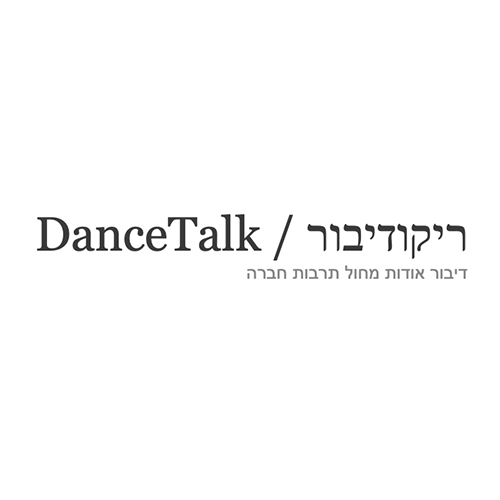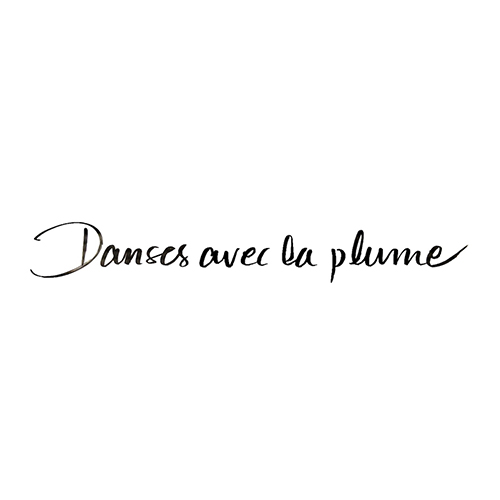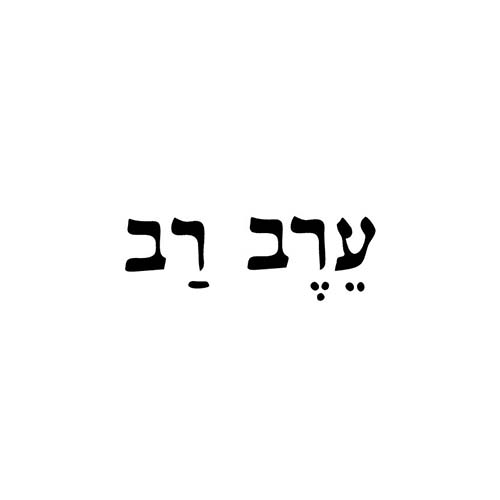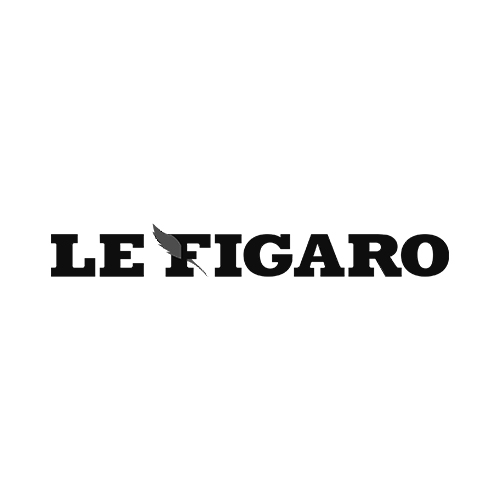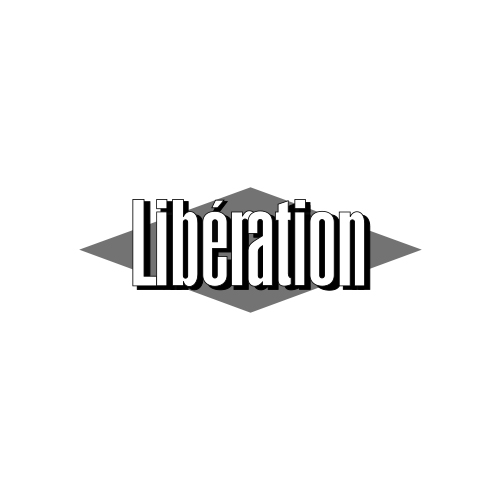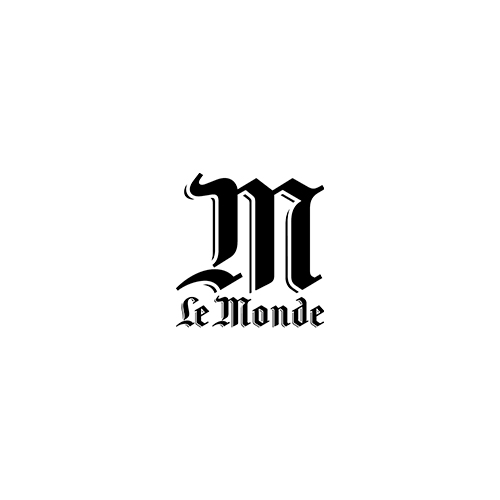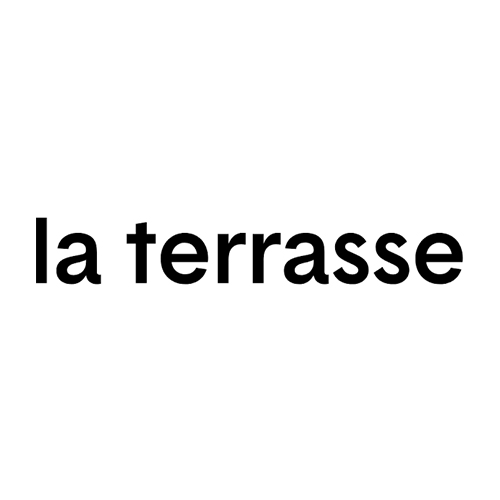THE GOLDLANDBERGS
EMANUEL GAT DANCE (2013)
Choreography & LightsEmanuel Gat
MusicGlenn Gould, Johann Sebastian Bach
PerformersHervé Chaussard, Aurore Di Bianco, Pansun Kim, Michael Loehr, Philippe Mesia, Genevieve Osborne, Francois Przybylski, Milena Twiehaus
ProductionEmanuel Gat Dance
Co-ProductionFestival Montpellier Danse 2013, Théâtre de la Ville Paris, deSingel / International Art Campus Antwerp, Lincoln Center Festival 2014, CCN Roubaix Nord-Pas de Calais Carolyn Carlson. With the support of Fondation BNP Paribas, Maison de la Danse Istres, SAN Ouest-Provence, Conseil Général des Bouches du Rhône. The company acknowledges the support of the city of Istres and the French Ministry of Culture DRAC PACA
World Premiere23 May 2013 – Tel Aviv Dance, Suzanne Dellal Center, Tel Aviv, Israel
Performance HistoryTel Aviv Dance, Suzanne Dellal Center, Tel Aviv, Israel – Israel Festival, Sherover Theater, Jerusalem, Israel – Montpellier Danse, Opéra Berlioz / Le Corum, Montpellier, France – Tanz im August, Haus der Berliner Festspiele, Berlin, Germany – Roma Europa, Palladium, Rome, Italy – Le Colisée, Roubaix, France – deSingel, Antwerp, Belgium – Le Cratère, Alès, France – Le Théâtre, Narbonne, France – Le Théâtre des Haras, Annecy, France – Danse Émoi, Opéra-Théâtre de Limoges, Limoges, France – Théâtre de l'Olivier, Istres, France – Théâtre de la Ville, Paris, France – Maison de la Danse, Lyon, France – Instances, Espace des arts, Chalon sur Saône, France – Bach Academy, Stadsschouwburg, Bruges, Belgium – Théâtre du Beauvaisis, Beauvais, France
Total Number of Performances28
PhotographyEmanuel Gat
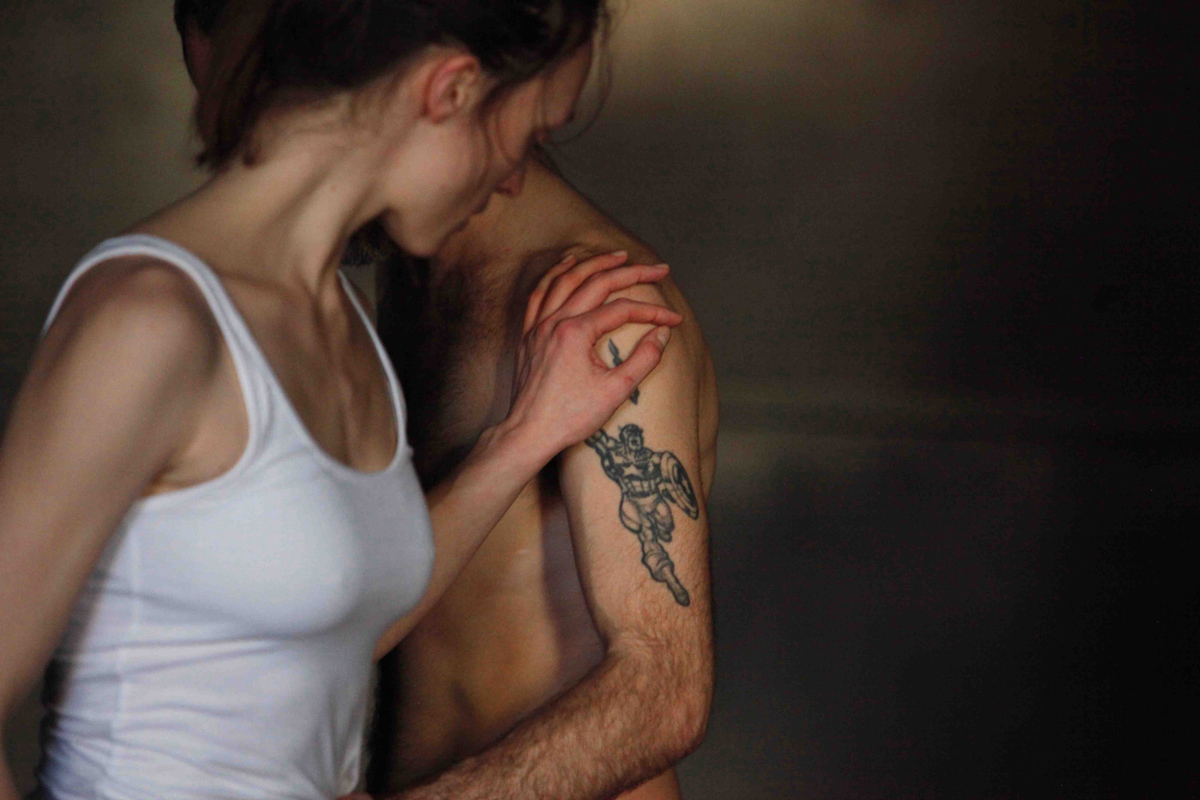
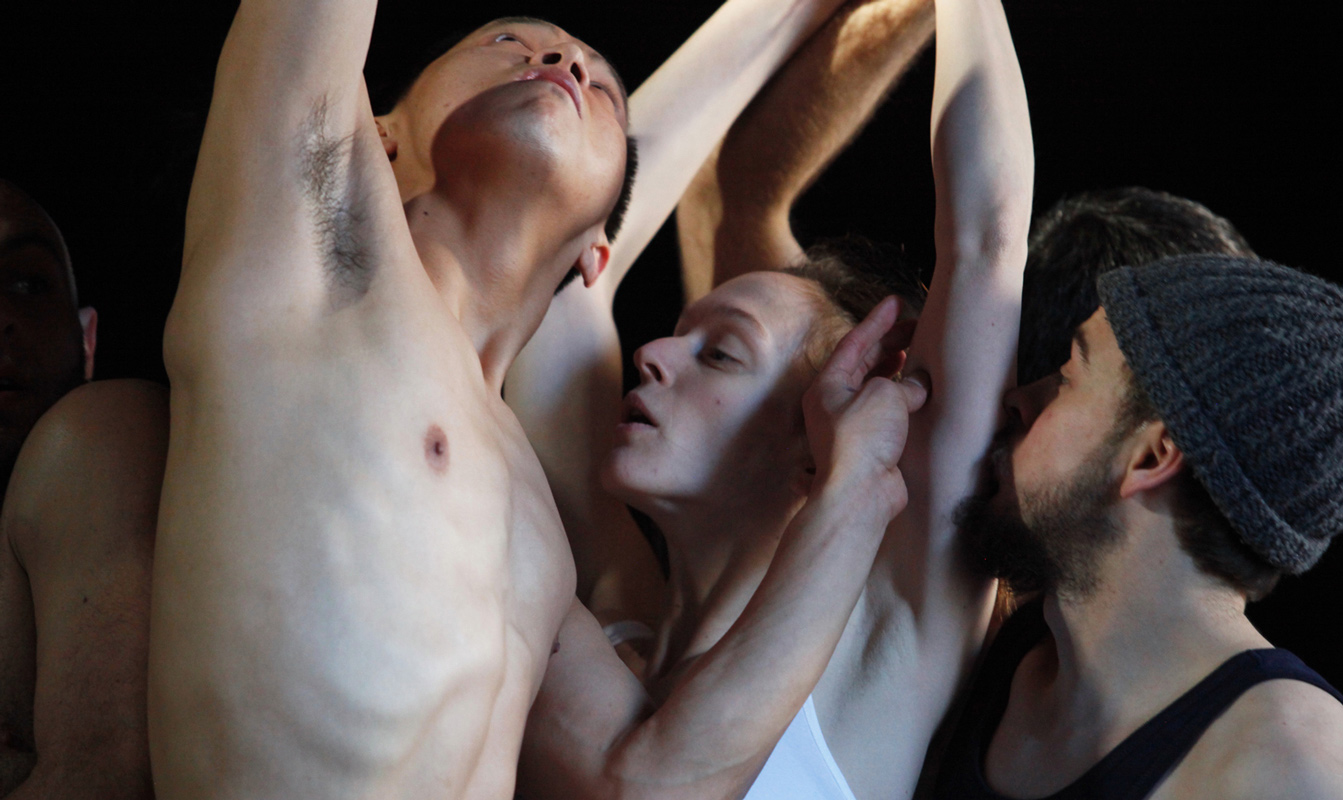

In The Goldlandbergs, [Emanuel Gat's] composition delves into human beings from the inside out, exploring their connection to the heavens. Eight dancers immerse themselves in fluid, highly musical movement. This delicate exchange of sensitivity works so well because they already function as a kind of community. [...] Gat’s work is, in a way, The Art of Fugue—transposed onto a dance stage.
This is a work that unfolds slowly and perhaps never fully reveals itself. [...] The piece stayed with me throughout the evening and continued to resonate afterward. [...] The work elicits both a sensory and intellectual response at a measured, almost creeping pace, and its impact only grew stronger over time. To me, this is a fascinating way to grasp the refined artistry of Emanuel Gat.
Emanuel Gat’s signature complexity emerges—the way he deconstructs movement while situating it within an ensemble, creating gestures that are both fragmented and fluid. There is also humor. He surprises by stripping movement of the solemnity so often associated with Bach in dance, opting instead for an unexpected playfulness, an ironic and lighthearted approach.
Emanuel Gat [...] invents a new choreographic universe. [...] Designed like a Bach fugue, a form he masters with remarkable artistry, The Goldlandbergs is a miracle of choreographic counterpoint. [...] Magnificently performed with extreme precision and simplicity, the piece carries a striking sensual and spiritual dimension. It is at once deeply intelligent and serenely beautiful.
There is a hidden layer that unites the components of the creation, and in it, there is a "sync" between all of them. In this sense, the experience that Gat offers is spiritual. [...] The uniqueness of this work lies in its complete avoidance of violent acts. [...] The delicate and precise movement of the dancers expresses the absence of randomness and creates a situation where there is a complete abandonment of competition and hierarchy.
The Goldlandbergs stages eight people moving in a bright rectangle, without costumes or sets. Gat shows more than just their relationships, a banal exercise in choreography. He shows how their interactions here or there on stage modify and vibrate the space between the beings. The piece is written on the surface of the skin, on the shiver, in sublime delicacy. Precise and perfectly interpreted.
When The Goldlandbergs' disparate elements suddenly seem to connect, and the voices of Mennonites that Gould recorded in Manitoba over 40 years ago become the inner voices of the European dancers moving about in their underwear, there is a rush of joy. As with any moment in life when any everything seems to be on the same wavelength, and being becomes belonging.
Anyone who has ever spent time glued to a kaleidoscope will find themselves in a state of more or less pronounced hypnosis in front of the eight ultra-flexible dancers of The Goldlandbergs. The same elementary joy of watching how the patterns connect, disentangle, and merge; the same emotion of feeling like a tiny spark of life in an odd microcosm. [...] Let yourself go, you’re in for a trip.
Dance heavyweight Emanuel Gat's new show explores art as the gradual, lifelong construction of a state of wonder and serenity rather than the release of momentary ejection of adrenaline. [...] This creates duets and trios that are delicate, processed and refined, shiny in their exceedingly delicate beauty, most of them like islands in a flowing environment. [...] The quality of the dancers’ movements is wonderful, precise and lucid.
With only seven dancers, Gat’s challenging choreography found a subtle and rather sophisticated way to form a dialogue between the visual composition of the movement and the complex soundtrack. He did it with great sensitivity to moods, restrained pauses, crystal-clear quality of execution and attention to minute details. Like a refined haute couture, it carries great sincerity and cohesion of elements.
In plain underwear, the dancers seize the stage and transform it. They become icons. The whole scene is transcended, without a doubt, aided by the voice and the notes so delicately weaved by Gould. [...] We are delighted by the adagios of duets and by the great passion that sweeps the entire Corum of their feet. Nothing religious about it, but undoubtedly, Emanuel Gat has a very close relation to what is sacred.
Sometimes leaping like young goats, sometimes crawling on all fours under a partner, chatting and frolicking until they climb over each other in a tangle of legs and arms. [...] Once again, watching Emanuel Gat’s choreographic writing unfold is pure joy. With him, choreography behaves like a living organism that slithers across the stage, infecting the dancers’ bodies and shaping them into ever-evolving forms.
Gat’s dance is both spiritual and minimalist in its ability to distill movement, its fluidity, and its harmonious gestures—shaped by the near-infinite repetition of refined movements, the elimination of set design, and the absence of costumes beyond the essential. It responds sensitively to emotions, to the shifting environment, to its light and shadows.
A virtuosic composition for eight dancers who move to the radio voice of Glenn Gould. [...] The presence of the sacred in the intimacy and everyday life of this "family" results in truly moving tableaux, both pictorial and choreographic. [...] In Montpellier, The Goldlandbergs stirred genuine emotion, and Emanuel Gat, if there was any doubt, confirmed that he is indeed one of the most significant choreographers of our time.
In this installation, Gat plays with Christian iconography, while in The Goldlandbergs, similarly genius in its light-dark effects on the blacked-out stage, the individual is at the center with his or her similar desires and needs. [...] People like you and me, who do not shy away from expression on stage but still discreetly hold back and sublimely transform the ordinary into an artifact through their dancing.
In The Goldlandbergs, he stages his troupe like a family in their web of relationships. There are couples and groups, community and individuals. Sometimes he lets them almost disappear in a golden twilight, and other times, the spotlight is turned up brighter. The light is [...] an active and shaping factor, far more powerful than in his previous creations. It’s as if we’re constantly entering and leaving a darkroom.
When two dancers pursue their own movement goals simultaneously and aim for the partner’s touch, the most absurd embraces occur. In an exemplary scene, a tangle of bodies rolls across the stage, arms connected against all logic. [...] Rarely does the otherwise invisible sense of touch become such an explicit recurring motif in contemporary dance as it does in Emanuel Gat’s work.
On stage, eight dancers embody this oscillation between the banality of daily life, the shifting dynamics of human constellations, and the transfiguration of inner sensations—a tension between immanence and transcendence. "The purpose of art is not to trigger a fleeting secretion of adrenaline, but to gradually build, over an entire lifetime, a state of wonder and serenity." The Goldlandbergs beautifully echoes these words of Glenn Gould.

